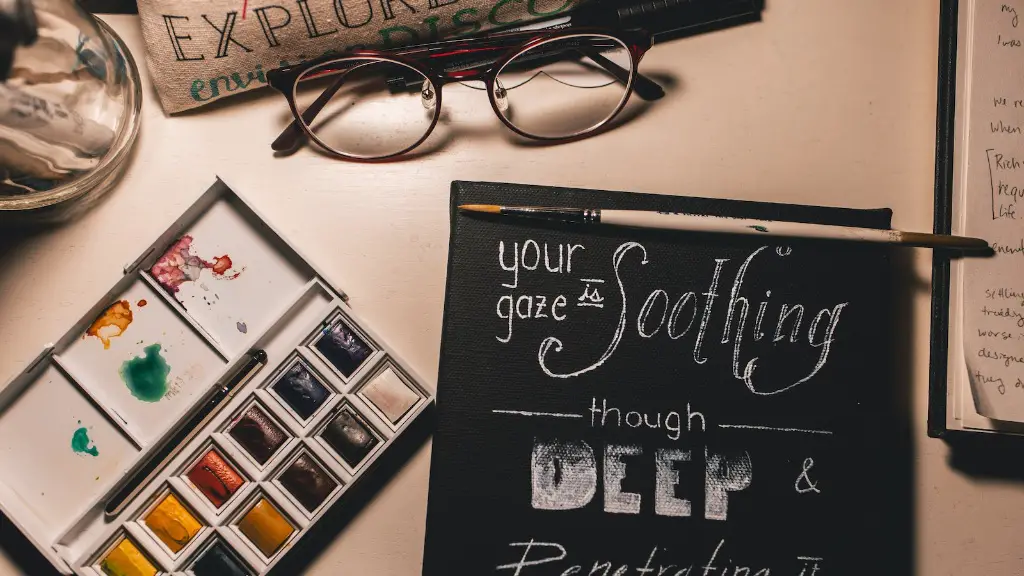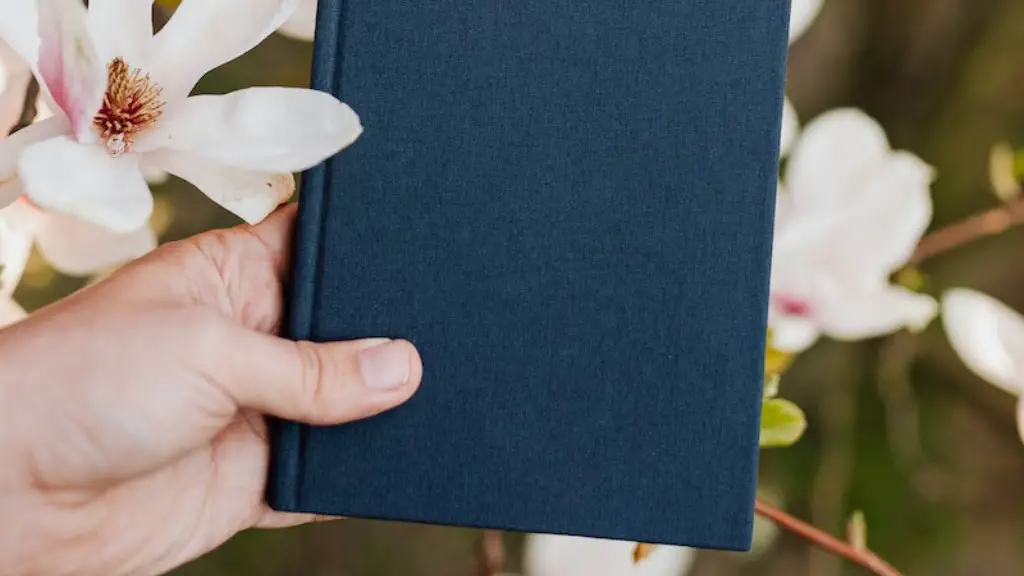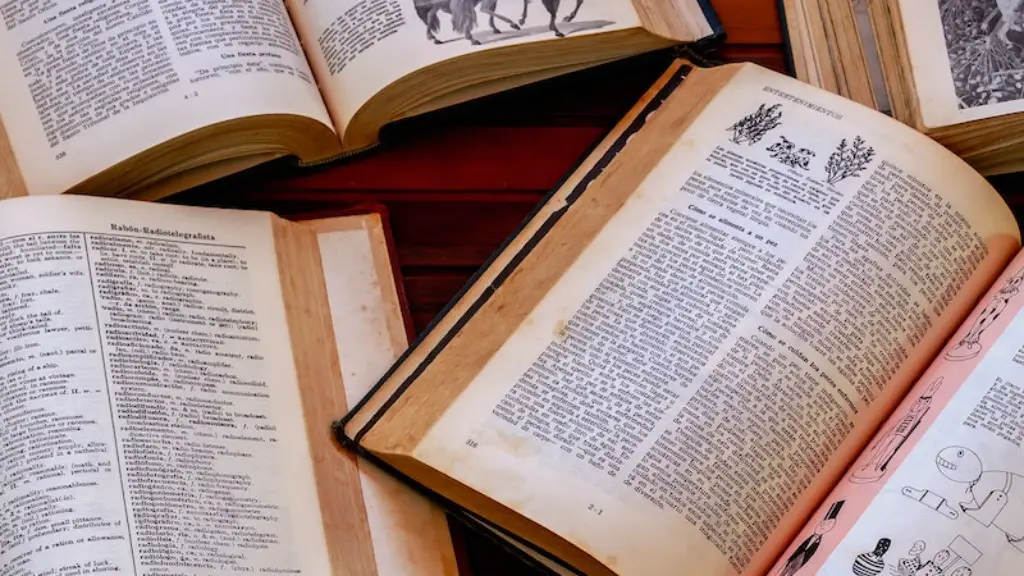Poetry is a powerful way of expressing yourself and communicating your thoughts, feelings, and beliefs to others. It can also be a powerful tool for engaging in self-reflection, as well as exploring and understanding the world around us. The basics of poetry will help you to get started if you are new to writing poetry.
Understanding Poetry
One of the first steps to understanding poetry is to be familiar with its structure. Most poems are written in either stanzas or lines. Stanzas are groups of lines that build upon each other and have consistent formats, such as the iambic pentameter. Lines are individual units of text, which often rhyme or use rhythm to create a certain flow or effect.
Besides its structure, another fundamental aspect of poetry is imagery. Poets use metaphors, similes, and other devices to create an image or scene in the reader’s mind. This is done to evoke emotion, help communicate a message, or add depth to a poem.
Poetry also typically relies on figurative language to help shape its meaning. This can include personification, onomatopoeia, and alliteration, among many others.
Finding Inspiration
When starting out, try to find an idea or concept to spark your imagination. You can look to your own experiences, read other poems to gain inspiration, look up themes, or even select a random topic from a website, such as Scholastic’s Science Fiction Writing Prompt Generator. However you approach it, some kind of starting point can help you to build from there.
To help you generate even more creative ideas, it can be a great idea to use a storyboarding technique, such as mind mapping. This involves taking a thought or idea and working outwards, creating more specific ideas to work with. The key is to be open and explore all of the possibilities.
Developing the Poem
Once you have found a topic, it’s time to develop your poem. Start by writing down your ideas and thoughts, exploring the images and metaphors that come to mind. It can help to find the voice of the poem, in terms of its tone, mood, and how it will convey its point.
When forming the poem, try to use language that encapsulates the feeling you are trying to convey. Structurally, you will have to reconcile the changes in metre, rhyme, and diction. This can be a difficult part that may require some experimentation. Finally, try to bring a sense of closure to your work by repeating elements from the beginning or tying together the metaphors used.
Working with Form
Poets use different forms and conventions to help their poems stand out. Of the many forms out there, some of the most common are free verse, sonnets, haiku, sestinas, and villanelles. While some forms come with particular sets of rules, you are free to experiment and mix and match elements of different forms to create something new.
In addition to experimenting with form, you could also consider adding elements such as rhyme, alliteration, or other sound effects to give your poem a unique texture. Syntax and diction should also be thought about, as each of these mechanics helps bring your poem alive and can set the tone of your poem.
Seeking Feedback
Now you can start to share your work with other people. Whether you decide to join a poetry circle, show your work to a friend, or post your poem online, receiving feedback (especially constructive criticism) can be an excellent way to grow as a poet.
It’s also important to read widely and learn more about different techniques in poetry. Reading other poems and understanding why they work is a great way to gain deeper insights into how to craft your own.
Revising your Work
Once you understand the basics of writing poetry, it is important to remember that the process does not have to be linear. Every writer will have their own approach to crafting and perfecting their work.
Revision is often the key to bringing your poem alive. With a dose of creativity, constantly questioning your own piece, and understanding the basics of poetry, you’ll be able to bring your words to life.
Practice, Practice, Practice
At the end of the day, writing poetry is like any other skillset; it takes time and practice. Don’t be afraid to be creative and let go of any self-doubt. Even if it’s not your best work, it is the only way you will learn how to craft your words into something meaningful. Experimenting and pushing yourself to grow is the best way to find and unlock your own voice as a poet.
Writing as Reflection
Writing poetry can also be a form of self-reflection. Just like journaling, it allows you to explore and express all of your feelings, thoughts, and memories, helping you to gain a better sense of yourself and your life experience. Taking the time to write poems can be a great way to ground yourself and reflect on the bigger picture.
Published Pieces
Though it may seem like a far-fetched dream, it is possible to get your work published and have it reach a wider audience. There are magazines, contests and journals that can offer you the opportunity to be part of the publishing world if your poem resonates with them.
With hard work and perseverance, there is an endless and rewarding journey awaiting you as a poet. Take it slow and stay curious, and don’t be afraid to let yourself explore the art of poetry and discover your voice in the process.




